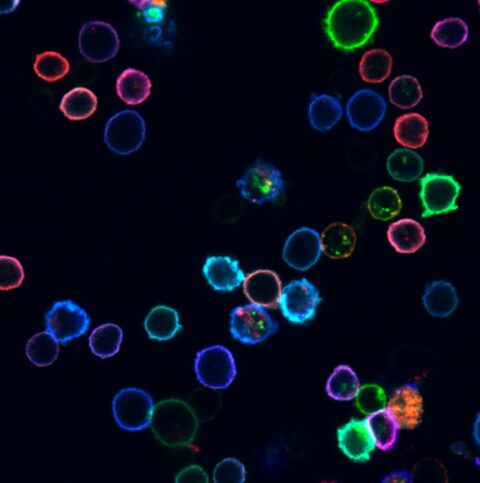A new study in Nature Biotechnology demonstrates a new method for comprehensive profiling of living cells through the development of a new chemistry tool. The work introduces scission-accelerated fluorophore exchange (SAFE), a new technique allowing scientists to study and probe living cells over time as they change and develop. Previous techniques were often destructive or difficult to use over timespans.
The paper’s first author is 2018 Fellow Jina Ko, who was supported by Schmidt Science Fellows during her studies at Massachusetts General Hospital and the Wyss Institute at Harvard University. This work was supervised by Dr. Jonathan Carlson and Dr. Ralph Weissleder at MGH.
We anticipate that SAFE will find broad utility for investigating physiologic dynamics in living systems to allow us to understand living systems better…

Jina Ko, Assistant Professor in Pathology and Laboratory Medicine and Bioengineering at the University of Pennsylvania, said: “We have developed a rapid click chemistry based tool that can remove immunofluorescent signals from the surface of labeled cells in seconds, enabling multiple rounds of staining to detect and visualize various molecules in biological samples.”
This new SAFE method achieved non-toxic conditions for living cells and tissues, whereas previous methods have used harsh chemicals that would strip chemical compounds and consequently not work.
Jina continued: “We anticipate that SAFE will find broad utility for investigating physiologic dynamics in living systems to allow us to understand living systems better and monitor cellular changes over time with high multiplexing.”
Read the full paper here.